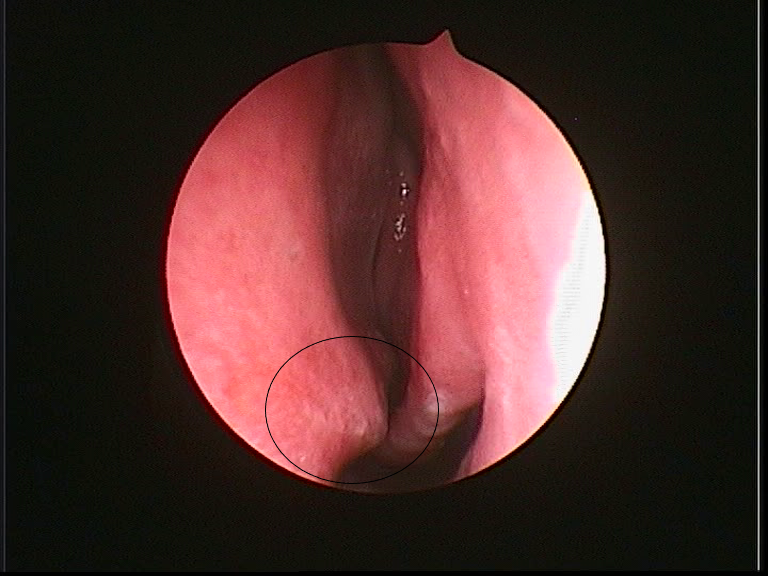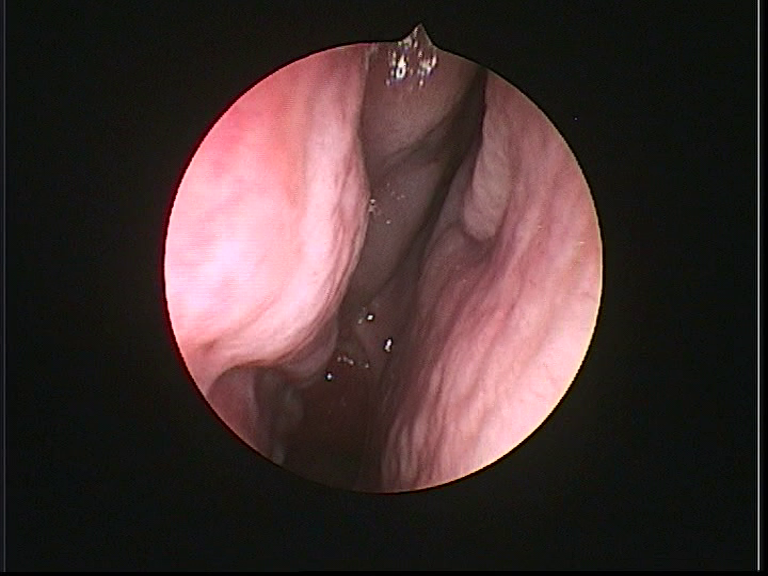What is turbinate hypertrophy?
Turbinate hypertrophy is a condition that is quite common in patients with allergy rhinitis. The turbinates are anatomical structures situated on the inner lateral nose walls and are enlarged in patients with chronic allergy rhinitis causing breathing obstruction. If a deviated septum co-exists then the difficulty in breathing can become severe.
How do we ‘correct’ a deviated septum?
Either with classic surgical instruments or using endoscopic methods -depending on each case- we correct the septum’s structure to normal, releasing the patient’s breathing. Usually during the same operation we reduce the turbinates’ size using RF (radiofrequency devices) so as to achieve the best results for the patient’s breath.
Is there any postoperative pain? What do I expect after the surgery?
This kind of operation leaves no postoperative pain. Any gauzes that might be placed inside the nose during surgery will be removed the following day and the patient can return home (the same or the next day) with detailed instructions. No painkillers are needed and the patient can soon return to their normal everyday life and activities.





